“The new library doesn’t only look modern but feels like a space full of 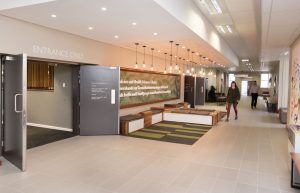 success stories waiting to happen”! This was a testimony from a student which was read out during the Official Opening of the newly refurbished Medicine and Health Sciences Library, at the Tygerberg Campus, on 22 May.
success stories waiting to happen”! This was a testimony from a student which was read out during the Official Opening of the newly refurbished Medicine and Health Sciences Library, at the Tygerberg Campus, on 22 May.
Originally furnished in 1974, the Medicine and Health Sciences Library was in need of a revamp. Planning for the new library of almost 3000 m2, began in 2013. In 2017/2018, a total refurbishment was undertaken. The refurbishment formed part of the SU Campus Renewal Plan. The new library is aligned with one of the themes of the University’s new Strategic Framework, namely, networked and collaborative teaching and learning.
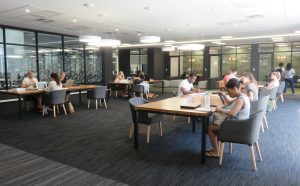
Construction started in February 2017. Most of the library’s books and journals were placed in storage for a year. During this time, the library occupied a temporary space in the basement of the faculty. The temporary space allowed staff to continue providing a service although limited books and space were available to students.
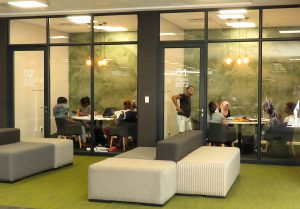
The refurbished library now has much to offer its users in support of networked and collaborative teaching and learning. There are 68 Windows computers with up-to-date software on a high-speed network. The computers are dispersed throughout the library, with eight in the Lounge area. Medical and Health Sciences students also make use of their own devices and the library has therefore ensured adequate, seamless Wi-Fi connectivity.
The new state-of-the-art Digital Commons and E-classroom allows students a space that is conducive to academic learning, both in a group and as an individual. The 38 Windows computers and projector, are earmarked as a training facility where library staff can train students and staff in the use of the library and its resources.
A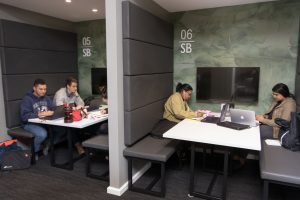 lso available are six study booths fitted with comfortable benches and electrical points for e-devices. Twenty-one individual study tables, towards the back of the library, offer quiet individual reflective learning spaces with comfortable seating. All are equipped with power docks.
lso available are six study booths fitted with comfortable benches and electrical points for e-devices. Twenty-one individual study tables, towards the back of the library, offer quiet individual reflective learning spaces with comfortable seating. All are equipped with power docks.
The library has nine seminar rooms of various sizes, each fitted with appropriate equipment for use by groups, either for discussions, meetings, group learning or collaborative sessions. Appropriate equipment ranges from electrical points to screens and whiteboards, all of which promote student collaboration and discussion and enhance student engagement in learning.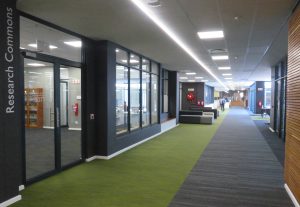
The Research Commons is a dedicated space that actively supports research, and is exclusively for postgraduate students, researchers, academics and administrative staff.
The novel Video Conferencing Room is a specialised area with video conference facilities. It is available for use by researchers and specialised groups.
The yellowwood tree in the courtyard conceptualizes the philosophy of a library being symbolically and physically the heartbeat of a university. It symbolizes the seed of knowledge and creative thinking that is planted in the library, and precipitates growth of the campus community.
The Medicine and Health Sciences Library of the Library and Information Service, Stellenbosch University, is now positioned to contribute and serve modern health professionals to the benefit of the greater South African society.
Yusuf Ras
Editing: Bronwyn Bruton
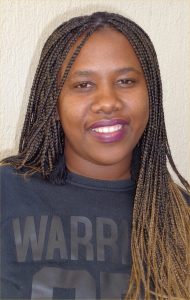
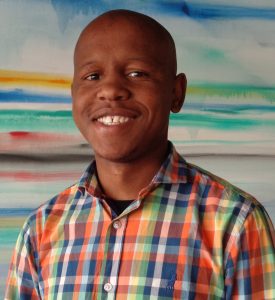
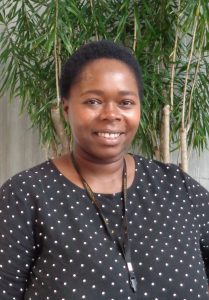
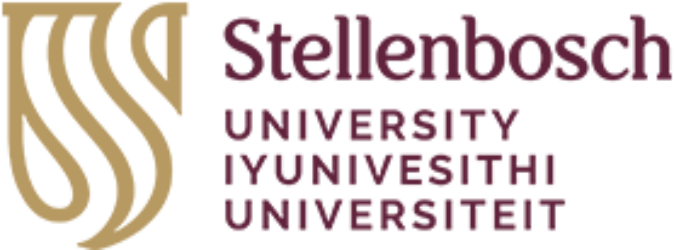
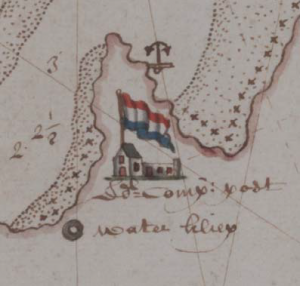
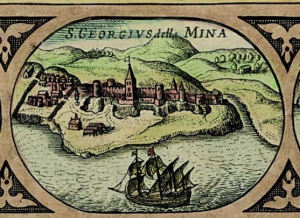
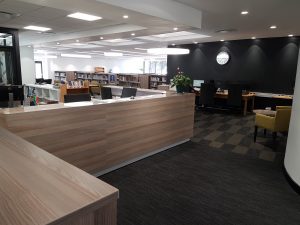 The Stellenbosch University Bellville Park Campus Library (USBL) has a new look and feel. Refurbishment of the USBL was completed in December and the Library now boasts a more spacious, brighter and welcoming look than before. There is a redesigned reception/information desk, two offices for the faculty librarians and new signage.
The Stellenbosch University Bellville Park Campus Library (USBL) has a new look and feel. Refurbishment of the USBL was completed in December and the Library now boasts a more spacious, brighter and welcoming look than before. There is a redesigned reception/information desk, two offices for the faculty librarians and new signage.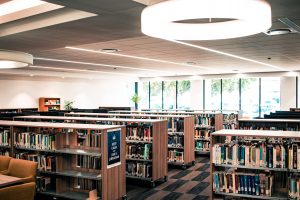 The bookshelving in the Library is now mobile, allowing for changes in the use of the available space.
The bookshelving in the Library is now mobile, allowing for changes in the use of the available space.  A variety of seating options and study booths are available for users. These changes will facilitate your research, study and collaborative activities. If you have not visited the USBL, then a visit is in order. The motivated staff (who have a new staff room) will be pleased to welcome you.
A variety of seating options and study booths are available for users. These changes will facilitate your research, study and collaborative activities. If you have not visited the USBL, then a visit is in order. The motivated staff (who have a new staff room) will be pleased to welcome you.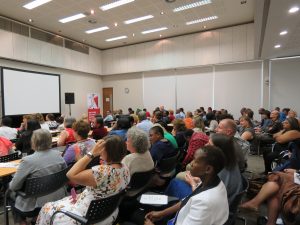
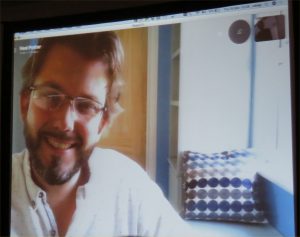 In his keynote address, Mr Ned Potter shared information and experiences of UX research and implementation at the University of York Library.
In his keynote address, Mr Ned Potter shared information and experiences of UX research and implementation at the University of York Library.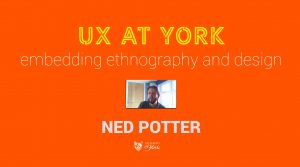
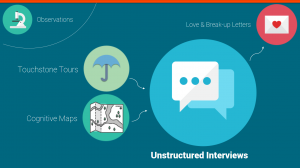 An example of a UX method is conducting focus group discussions. In 2019, the Library and Information Service will be conducting focus group interviews to investigate our clients’ attitudes and perceptions of our research support services. Other UX methods are being investigated too.
An example of a UX method is conducting focus group discussions. In 2019, the Library and Information Service will be conducting focus group interviews to investigate our clients’ attitudes and perceptions of our research support services. Other UX methods are being investigated too.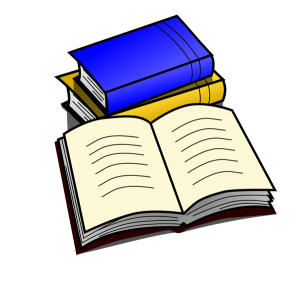
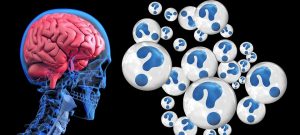
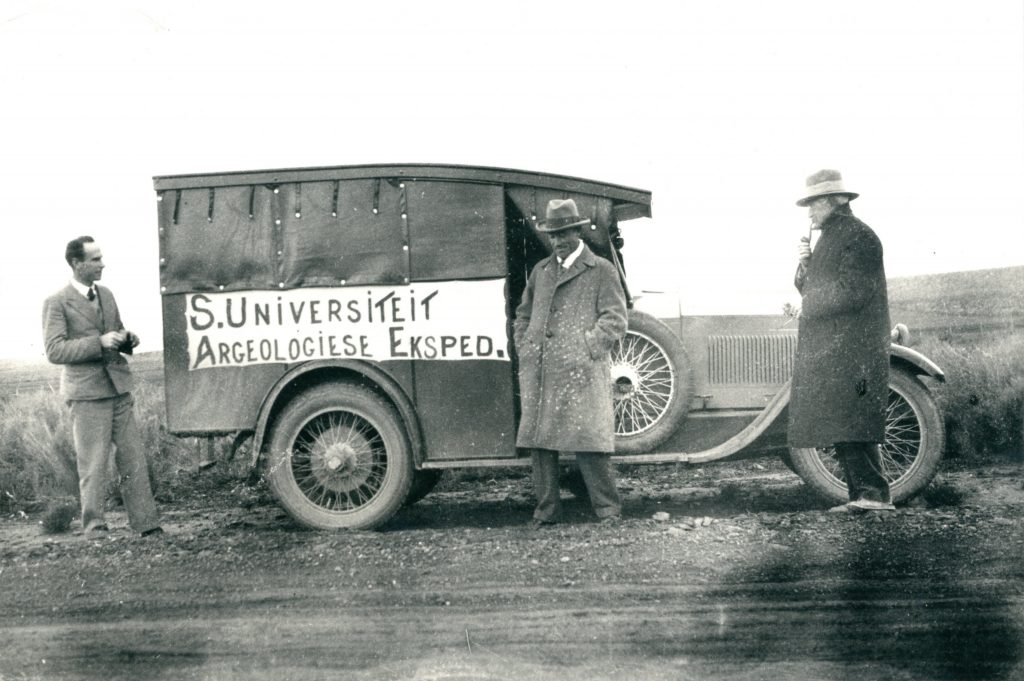
 success stories waiting to happen”! This was a testimony from a student which was read out during the Official Opening of the newly refurbished Medicine and Health Sciences Library, at the Tygerberg Campus, on 22 May.
success stories waiting to happen”! This was a testimony from a student which was read out during the Official Opening of the newly refurbished Medicine and Health Sciences Library, at the Tygerberg Campus, on 22 May.

 lso available are six study booths fitted with comfortable benches and electrical points for e-devices. Twenty-one individual study tables, towards the back of the library, offer quiet individual reflective learning spaces with comfortable seating. All are equipped with power docks.
lso available are six study booths fitted with comfortable benches and electrical points for e-devices. Twenty-one individual study tables, towards the back of the library, offer quiet individual reflective learning spaces with comfortable seating. All are equipped with power docks.
